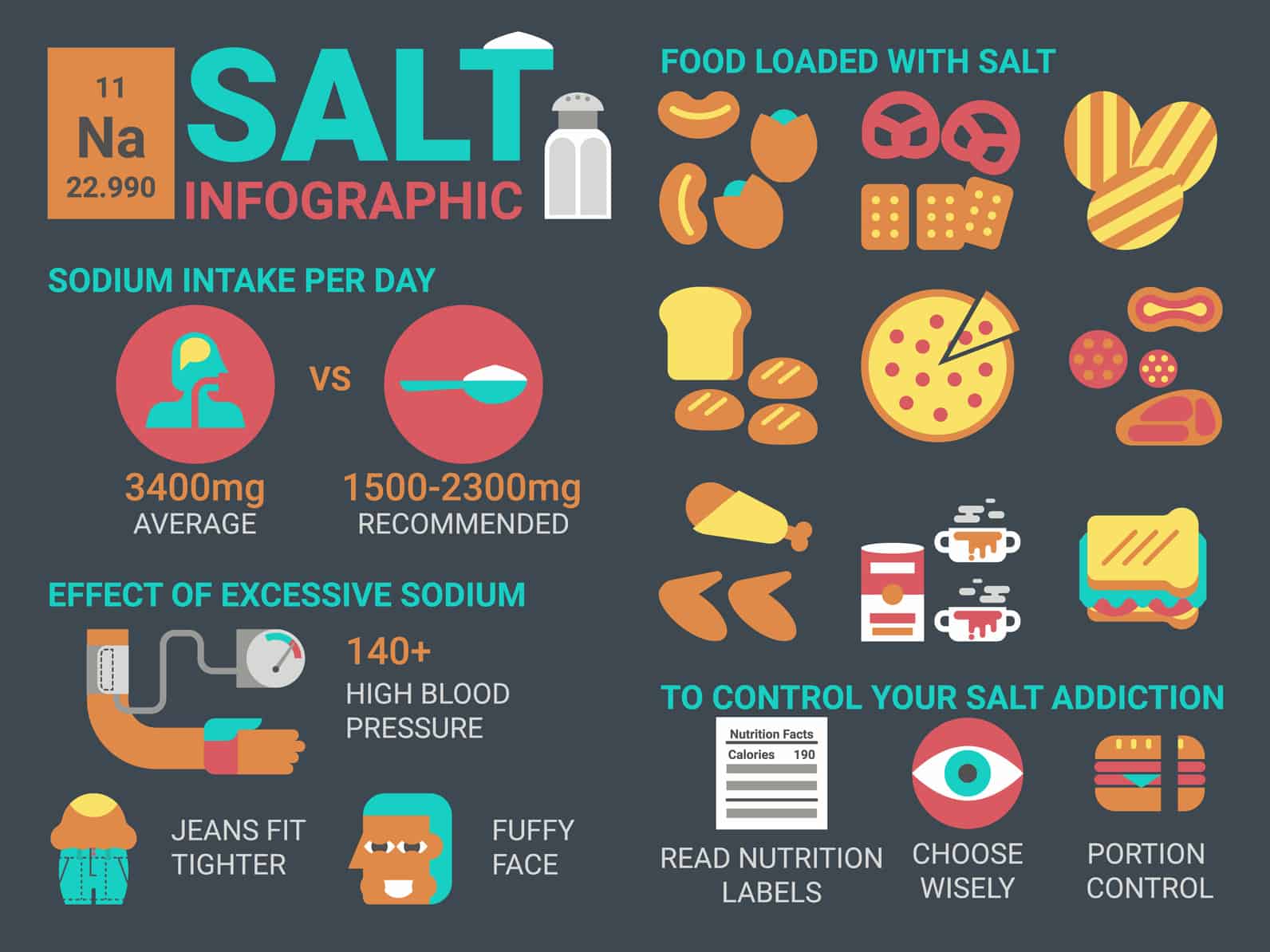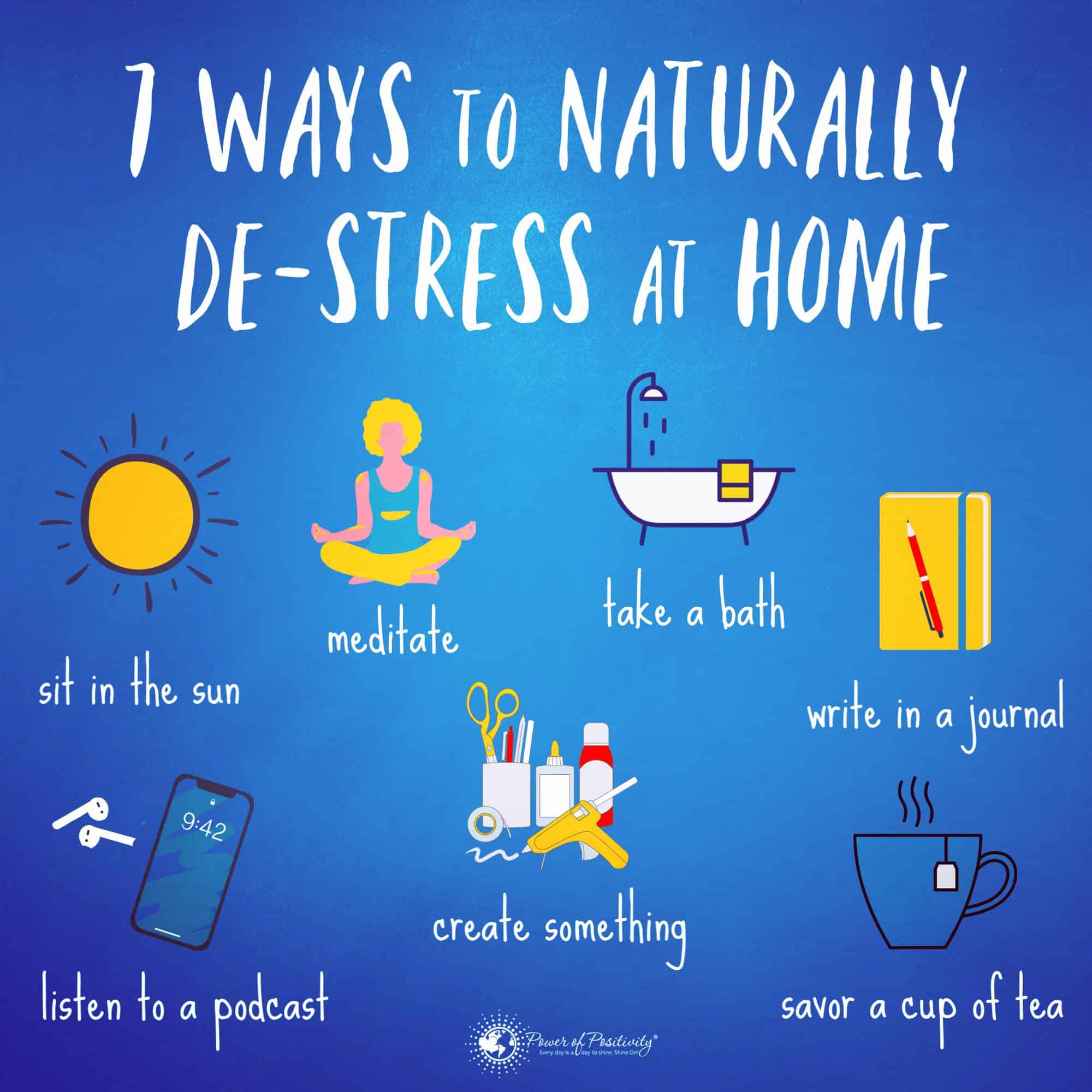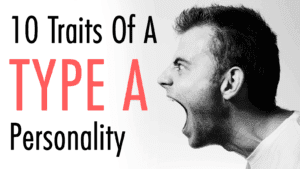Being insecure has been called a green-eyed monster, and when it comes to your relationship, it can be monstrously destructive. Rather than being a sign of deep love and caring, it is a sign of potentially destructive problems in the relationship.
A study in the Journal of Interpersonal Violence found that having a high level of jealousy was linked to men who were abusive to their partners. The researchers also found that even for nonviolent men, jealousy was linked to unhappy marriages.
Jealousy is not the only cause of violent behavior, but it is definitely a warning sign to be aware of. If your partner isn’t violent but has made threats toward you or someone they think you are flirting with, be prepared to take action to protect yourself.
Insecurity is another word for low self-esteem. Someone who has confidence in their self-worth will not be worried about the possibility of the relationship breaking up.
Trusting in the value that you bring to a relationship gives you confidence that you are able to meet your partner’s needs and no reason to suspect that your partner might have to go outside of the relationship to fulfill their needs.
Social networking provides plenty of opportunities for insecure people to be jealous. In a study of couples whose partners were on social networking sites, low self-esteem individuals had a higher need to be seen as popular by friends.
The low self-esteem group was more likely to be jealous and was also more likely to post images or status updates that proved their relationship happiness to others. Having low self-esteem made people compensate by creating an idealized picture of their romantic lives.
4 Signs Your Partner Feels Insecure About Your Relationship
1. They are dependent on you
An insecure person feels like you don’t need them. They want you to be dependent on them so that they know you won’t leave them. In reality, it is the insecure person who is dependent on you.
Your partner’s dependency could be physical, for example if they need you for financial support or it could be emotional. Emotional dependency is tricky because you cannot help a person to build their self-esteem. It has to come from within them.
An emotionally dependent person believes that you as their romantic partner are the sole source of their happiness. If you leave, they could never be happy again.
2. They are suspicious
The mailman winked at you. You liked someone’s profile picture. The cashier was too talkative with you. An insecure partner sees threats to the stability of their relationship everywhere. Anyone you meet could be a potential romantic interloper that they have to fend off.
Emotional jealousy is possible even if the insecure partner doesn’t suspect physical unfaithfulness. If you give praise, gratitude or encouragement to someone else, the insecure partner is envious that you gave that positive emotional support to someone else.
3. They are controlling
Where you go, what you are doing, and who you are with, an insecure partner demands to know all of your activity in a day. They may check your phone or email. They might even follow you to make sure you are going where you said you were going. You can read about the signs that your partner may be trying to control you here.
Your insecure partner wants to know what you were doing without them but they also want to tell you what you can and cannot do. An insecure person feels like the relationship is not within their control. As a result of this perceived lack of control, they seek to control things wherever they can.
4. They are depressed or anxious
If your partner is insecure, they are likely either acting out in anger or withdrawing from you. Emotions are controlling their behavior. Thus, they avoid communication by giving you the silent treatment or by expressions of anger like yelling accusations.
Anxiety is basically fear and your insecure partner is afraid of losing you. With or without evidence, they believe that the relationship is nearing an end and they are trying to keep that from happening.
Don’t let your partner’s emotional problems drag you down with them. You can read about keeping negativity out of your relationship in our related article here. Focus on expressing your own feelings about your partner’s behavior.
You can’t help your partner to be less insecure, but you can help them to communicate by asking questions about their feelings. Only they are responsible for their emotions. You can’t make your partner feel insecure unless you are literally cheating or giving them a valid reason to be jealous.
An angry, insecure person can resort to violence to try to force you to love them or be dependent on them. Protect yourself by getting to a safe location if you are concerned about your partner’s violent behavior. 800-799-SAFE is the National Domestic Violence hotline phone number. You can contact them anytime if you have concerns about someone hurting you.









